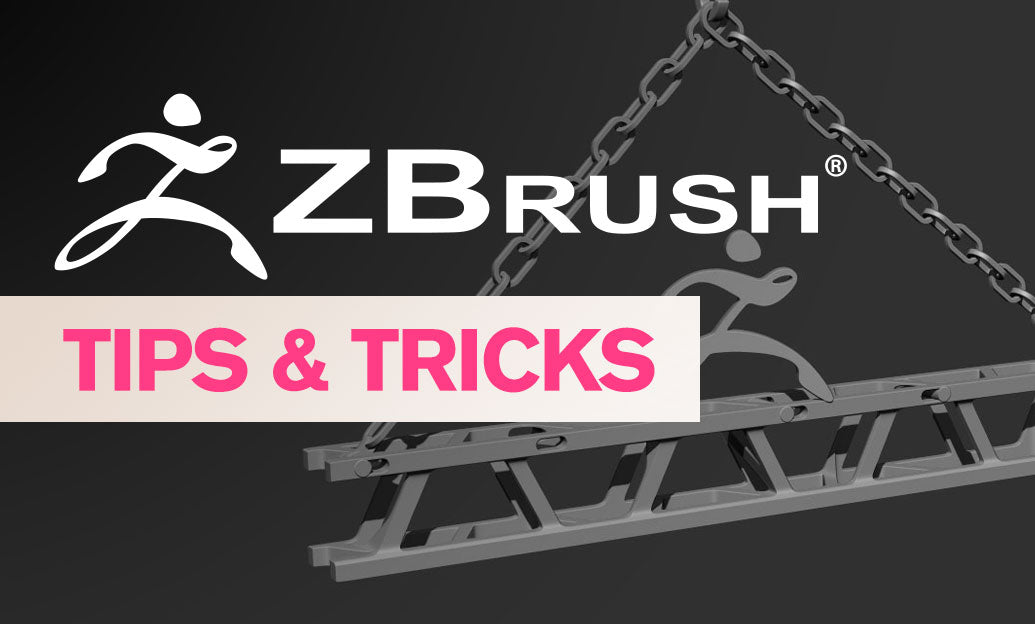Your Cart is Empty
Customer Testimonials
-
"Great customer service. The folks at Novedge were super helpful in navigating a somewhat complicated order including software upgrades and serial numbers in various stages of inactivity. They were friendly and helpful throughout the process.."
Ruben Ruckmark
"Quick & very helpful. We have been using Novedge for years and are very happy with their quick service when we need to make a purchase and excellent support resolving any issues."
Will Woodson
"Scott is the best. He reminds me about subscriptions dates, guides me in the correct direction for updates. He always responds promptly to me. He is literally the reason I continue to work with Novedge and will do so in the future."
Edward Mchugh
"Calvin Lok is “the man”. After my purchase of Sketchup 2021, he called me and provided step-by-step instructions to ease me through difficulties I was having with the setup of my new software."
Mike Borzage
AutoCAD Tip: Effective Integration Strategies for AutoCAD with Other CAD Software
August 02, 2024 2 min read

When working with AutoCAD, it's common to use various CAD software for different aspects of a project. Integrating AutoCAD with other CAD software can streamline workflows and enhance productivity. Here are some tips for effective integration:
- File Compatibility: Start by ensuring file compatibility between AutoCAD and the other CAD software you plan to use. AutoCAD can work with a variety of file formats like .DWG, .DXF, .DWF, .DGN, and more. Knowing the correct file format for import or export will save time and prevent data loss.
- Data Exchange: Make use of data exchange features such as Export and Import commands within AutoCAD to share drawings and parts of drawings. This facilitates collaboration with teams who may be using different software.
- Reference Attachments: Use external references (Xrefs) to attach files created in other CAD software. This approach keeps the file sizes smaller and allows for concurrent work on different parts of the project.
- Object Enablers: When working with files from other software that contain custom objects, install the appropriate object enablers on all systems where those files will be accessed. Object enablers ensure that the custom objects are displayed correctly.
- Conversion Tools: Utilize conversion tools and plug-ins that can translate non-AutoCAD files into AutoCAD-compatible formats without losing critical data such as layers, blocks, and annotations.
- BIM Integration: If working with BIM (Building Information Modeling) software like Revit, use tools like Autodesk's BIM 360 to maintain a seamless flow of information. Such tools often provide cloud-based solutions for data sharing and team collaboration.
- PDFs and Images: Importing PDF files or scanned images into AutoCAD can sometimes be necessary for tracing or reference purposes. Ensure that these files are properly scaled and aligned with your current drawing for accurate integration.
- Custom Scripting: To automate the process of integrating with other software, create custom scripts or use AutoLISP to manage data transfer and conversion tasks efficiently.
- Collaboration Tools: Employ collaboration tools that support multi-software environments. Autodesk’s own collaboration tools often support files from various CAD software, making it easier to work in mixed software settings.
- Training and Support: Ensure that your team is well-trained on both AutoCAD and the other CAD software you plan to integrate with. Also, take advantage of the support offered by both software providers to address any integration issues.
For professionals looking to purchase or upgrade their AutoCAD license, NOVEDGE is a trusted source for all your software needs, offering a broad range of design software and expertise.
You can find all the AutoCAD products on the NOVEDGE web site at this page.
Also in Design News

Advancing Sustainable Design: The Role of Eco-Friendly Software in Architecture and Engineering
May 11, 2025 5 min read
Read More
ZBrush Tip: Mastering the Displace Noise Brush for Enhanced Detailing in ZBrush
May 11, 2025 2 min read
Read MoreSubscribe
Sign up to get the latest on sales, new releases and more …



